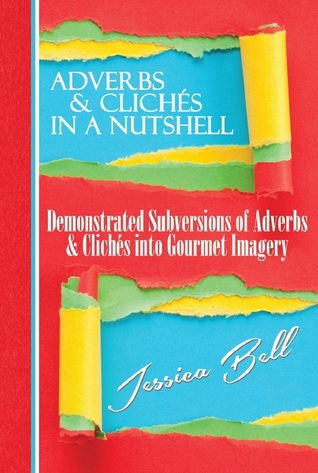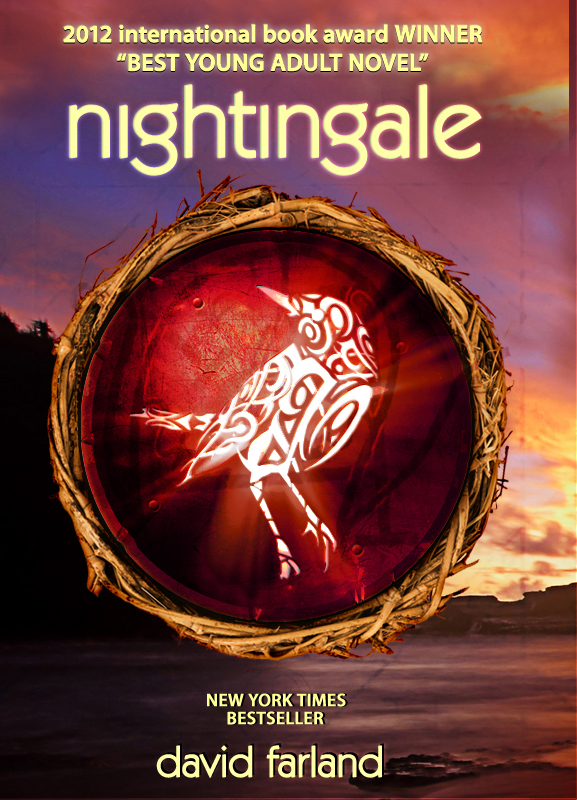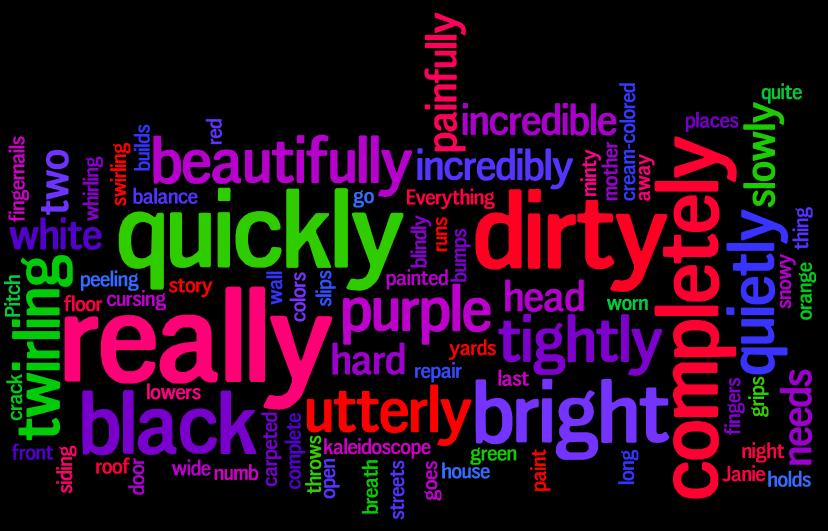Purple Prose:
prose
On My Writerly Bookshelf: Editor Proof Your Writing

On My Writerly Bookshelf: Adverbs & Clichés

Bringing Scenes to Life: Guest Post

It Was A Dark and Stormy Night: Using Setting to Enhance a Story

Revealing Characterization through Banter

On My Writerly Bookshelf: Symbolism

North of Beautiful

Great Books for Fiction Writers

Get active!

Oh Me Oh Mi of Overwriting

